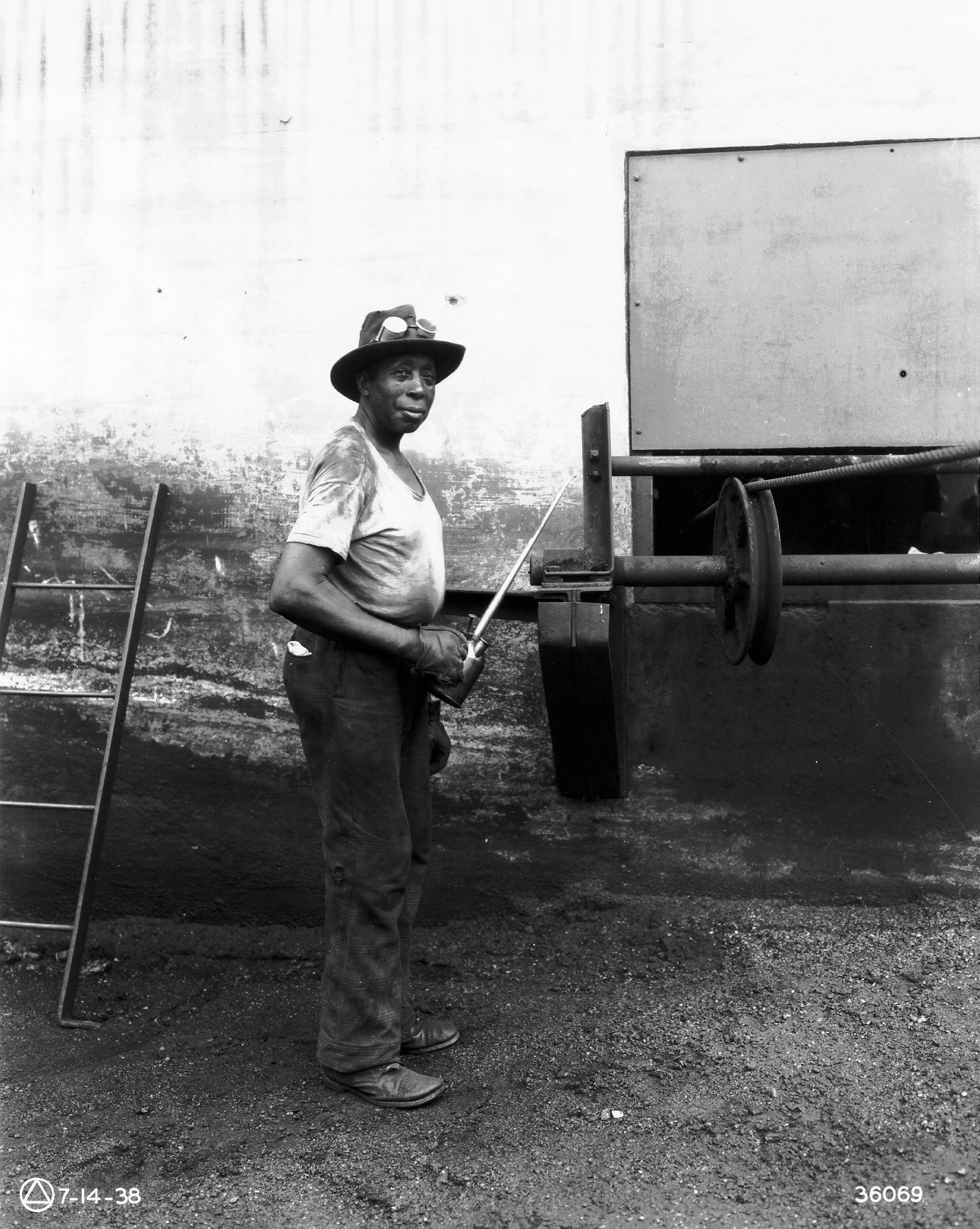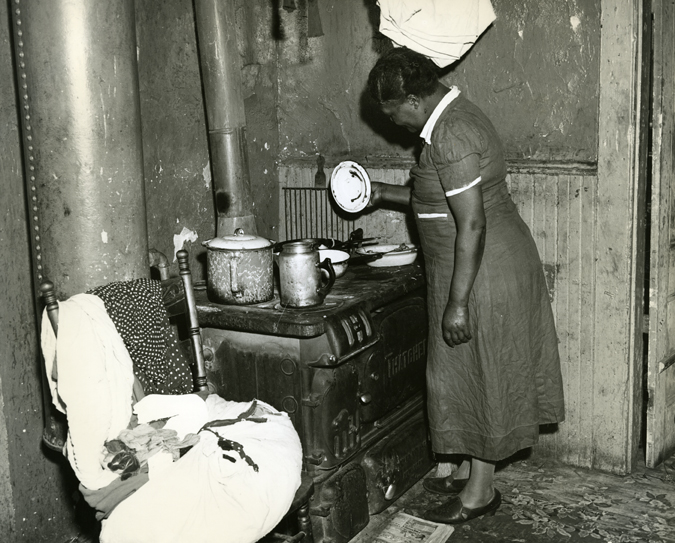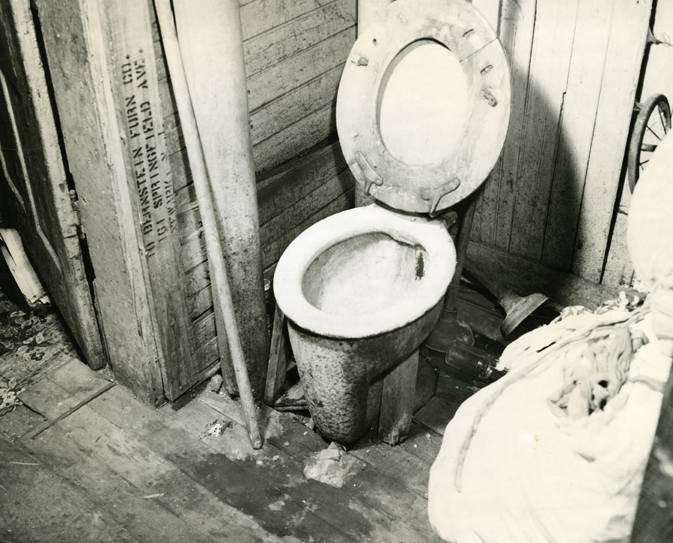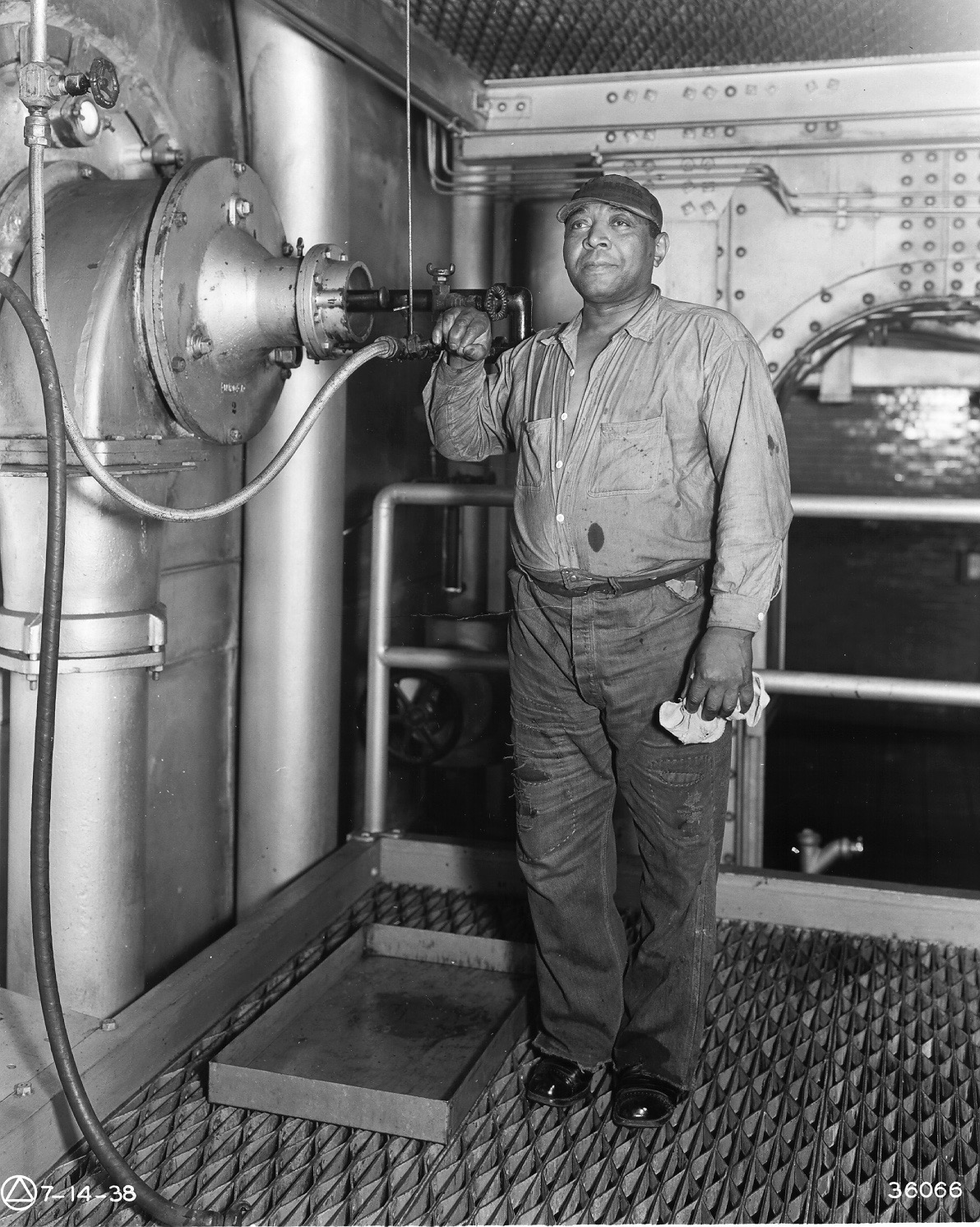Raymond Hawk
Raymond Hawk lived in the South Ward’s Dayton Avenue project with his wife, Roberta, and their two-year-old son. The 24-year-old Hawk had worked at the J&R Clothing Company on Frelinghusyen Avenue, just down the street from their apartment, for the past eight years.
When he finished work at J&R on Friday, July 14th, Raymond Hawk picked up his wife and son and drove them out to Linden to stay with her family. Hawk wanted to get his family out of harm’s way after two nights of violence had rocked the city in the fallout from the arrest and beating of John Smith outside the Fourth Precinct Wednesday night.
The next day, Hawk left his wife and son with her parents to drive back to Newark and visit his brother-in-law, Nathan Peterson, in the Dayton Avenue project where they both lived.
Around 10:00 P.M., Saturday July 15th, Hawk went out to his car, which was parked on Frelinghuysen Avenue. As Hawk was walking past Sharpe’s Drug Store on the corner of Frelinghuysen and Dayton Avenue en route to his car, five police cars arrived on the scene and “screeched to a halt” outside Sharpe’s.
The police, responding to a report of people breaking and entering from the rear of the store, had sped past Hawk’s brother-in-law Raymond Peterson, who was walking home from another store up the block. As they drove past the 18-year-old, the police began firing into the alley way along the side of Sharpe’s. According to Peterson, ‘They opened the doors and fell out before the cars even stopped. They were just shooting away. I thought they were shooting blanks for a minute…pop, pop, pop…like that…They were shooting like they were crazy.’
Raymond Hawk was unaware of the attempted burglary going on behind Sharpe’s and was the only person in front of the store as the police arrived while he walked to his car. According to 18-year-old witness Charles Clark, Hawk was reaching into his pocket when a police officer approached and shot him in the head.
The police officers involved later testified that Hawk was a lookout for the group breaking into the rear of the drug store. The group did not flee, however, until they heard gunfire burst through the alley alongside the store. The officers also claimed that Hawk attacked them with a tire iron when they arrived on the scene, thereby justifying the use of lethal force.
The only person apprehended at the scene was Raymond Peterson. ‘They frisked me and brought me around the building to where a body was laying on the sidewalk,’ Peterson said. ‘One of the policemen asked me who the body was. It was laying on its back with blood all around the head and there was a hole straight through from one side to the other. I found out later it was my brother-in-law but I didn’t recognize him from his face. One of the policemen frisked the body and he said, ‘He’s clean.’ There wasn’t any pipe or anything there either.’
One of the policemen again asked Peterson if he knew the victim. ‘He turned the body over with his foot as he was talking,’ Peterson said. ‘Then one of them told me to lay down on the sidewalk next to the body. I laid there for about ten minutes.’
Raymond Hawk was dead at the age of 24 after having been shot by Newark police for being Black in the vicinity of a store being burglarized. ‘He had a good job,’ Hawk’s 22-year-old wife later said. ‘We had all the things in the world to look forward to.’
The Essex County Grand Jury found “no cause for indictment” of the officers involved.
References:
Ronald Porambo, No Cause for Indictment: An Autopsy of Newark
Notes of the Newark Legal Services Project on Interviews with Raymond Peterson and Charles Clark
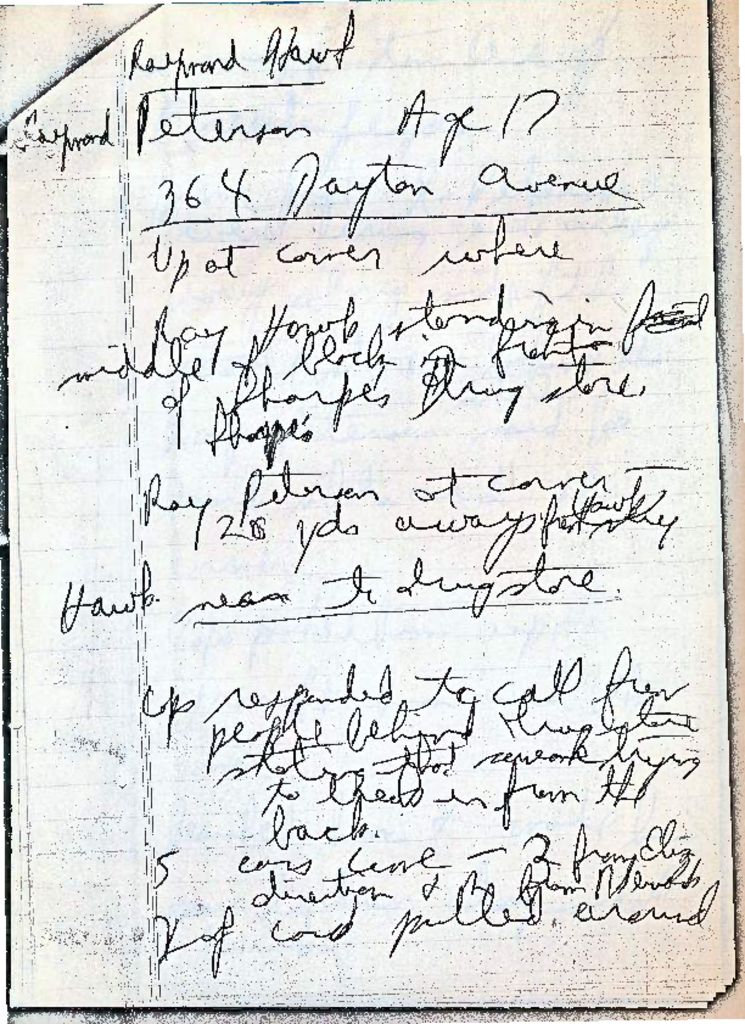
Notes of Newark Legal Services Project on interviews conducted with witnesses to the fatal shooting of 24-year-old Raymond Hawk on July 15, 1967. — Credit: Junius Williams Collection
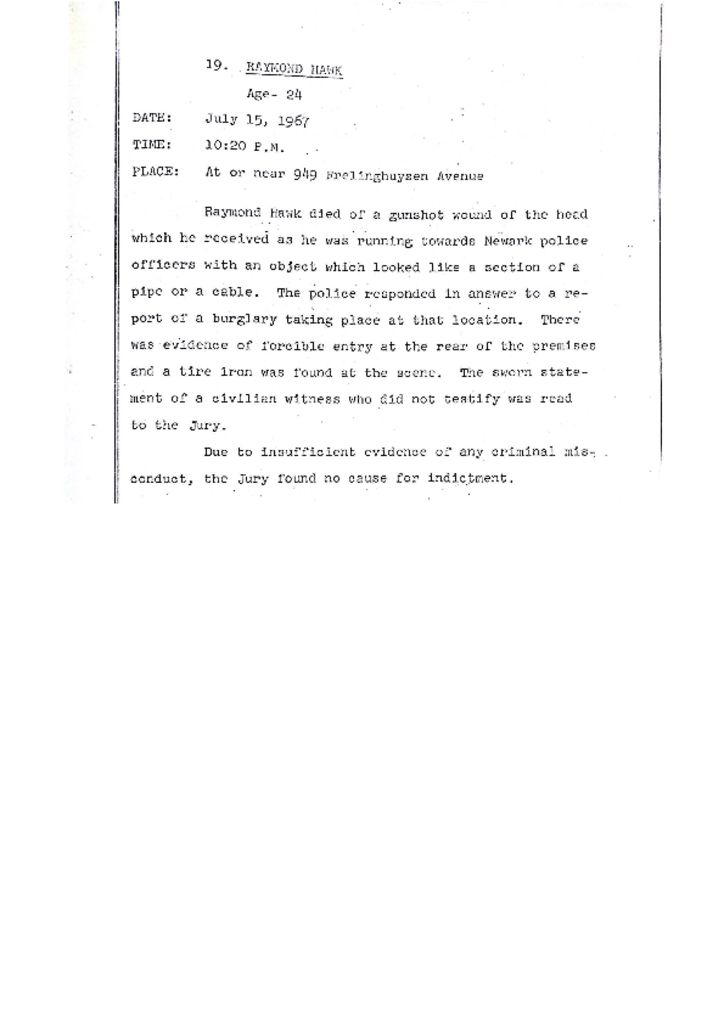
Grand Jury report describing fatal shooting of 24-year-old Raymond Hawk on July 15, 1967, who “died of a gunshot wound of the head” after allegedly running towards Newark police with “a section of a pipe or a cable.” The Grand Jury found “no cause for indictment.” — Credit: Newark Public Library
